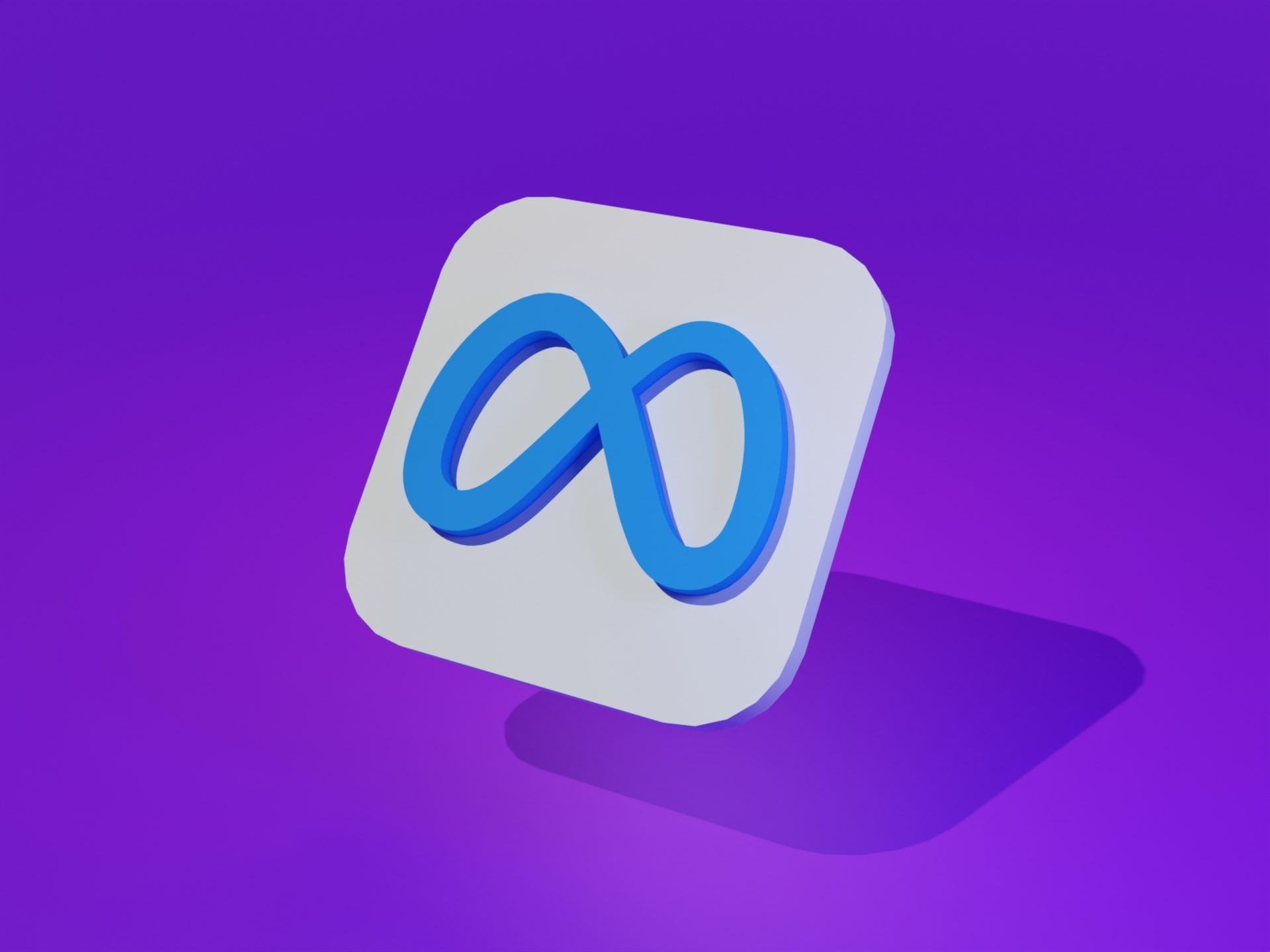Make-A-Video Meta AI text-to-video generator revealed today. Meta seems to be joining the AI-art party with a powerful tool. Based on the same kind of language cues you give Dall-E, the technology creates brief, soundless video clips.
AI art is the new hype. After DALL-E 2, Stable Diffusion, Midjourney, DreamBooth AI, and Wombo Dream, Make-A-Video will make its appearance on the stage soon. The time for text-to-video generators has come. So, let’s dig deeper and find out what it promises.
What is Make-A-Video Meta AI?
Make-A-Video is an AI-powered video generator that can produce original video material from text or image prompts, much like other image synthesis tools like DALL-E and Stable Diffusion. It can also create modifications for already-existing videos.
The main technique underlying Make-A-Video builds on prior work with text-to-picture synthesis used with image generators like OpenAI’s DALL-E, which is why it has arrived earlier than some experts had predicted. Make-A-Scene, a text-to-image AI model, was introduced by Meta in July.
Instead of using labeled video data to train the Make-A-Video model (for instance, captioned descriptions of the actions shown), Meta used image synthesis data (still images trained with captions) and unlabeled video training data to train the model. As a result, the model understands the possible locations of text or image prompts in time and space. After then, it can foretell what would happen next and briefly show the scene in motion.

Meta admits the possibility of instantly producing photorealistic videos as posing some social risks. According to Meta, all AI-produced video material from Make-A-Movie has a watermark to “help viewers realize the video was generated with AI and is not a taken video,” as stated at the bottom of the announcement page.
Make-A-Video Meta AI features
Make-A-Video enables you to create quirky, original videos using only a few words or lines of text, allowing you to bring your creativity to life.
What are the features of Make-A-Video Meta AI?
- Make-A-Video with text: Meta will give three art styles for text-to-video generation:
- Surreal
- Realistic
- Stylized
- From static images to the video: Add motion to a single image or add motion in the spaces between two photos.
- Making creative videos from existing videos: Based on the original, make different versions of your video.
Mark Zuckerberg also shared an informative video about Make-A-Video Meta AI on Facebook.
In addition to delivering resolutions of more than 768 by 768 pixels at 16 frames per second, it can produce clips longer than five seconds.
Make-A-Video Meta AI uses photos and descriptions to learn how the environment looks and how it is frequently described. Unlabeled movies are frequently used to teach about how the world functions. The recent advancements in text-to-image generating technologies designed to support text-to-video generation are built upon the Make-A-Video research.

You can check the Make-A-Video paper for detailed information.
How to use Make-A-Video Meta AI?
Who would have access to Make-A-Video and how or when it may be made public have not been disclosed by Meta. This part will be updated when Meta releases the instructions.
However, Meta offers a sign-up form that users can complete if they want to try it out later. In the following section, we explained how to sign up Make-A-Video Meta AI waitlist.
Artificial intelligence design: Will AI replace designers?
How to sign up Make-A-Video Meta AI waitlist?
- Go to the official Make-A-Video website.
- Find the “Sign up” option under the “Interested in trying Make-A-Video?” title. Or simply click this link.
- Fill out the form and done.
Do you know DALL-E 2 access is not for just some people anymore? Check out how to use DALL-E 2?
Make-A-Video Meta AI examples
There are some Make-A-Video Meta AI examples from the Meta AI team, although the text-to-image AI art generator is not public yet.
Since Make-A-Video isn’t currently accessible to the general public, we’ll take all these examples with a grain of salt. Still, they do represent an exciting new possible advancement in artificial intelligence.
Don’t be scared of AI jargon; we have created a detailed AI glossary for the most commonly used artificial intelligence terms and explain the basics of artificial intelligence as well as the risks and benefits of artificial intelligence. Is artificial intelligence better than human intelligence? Let’s find out!





